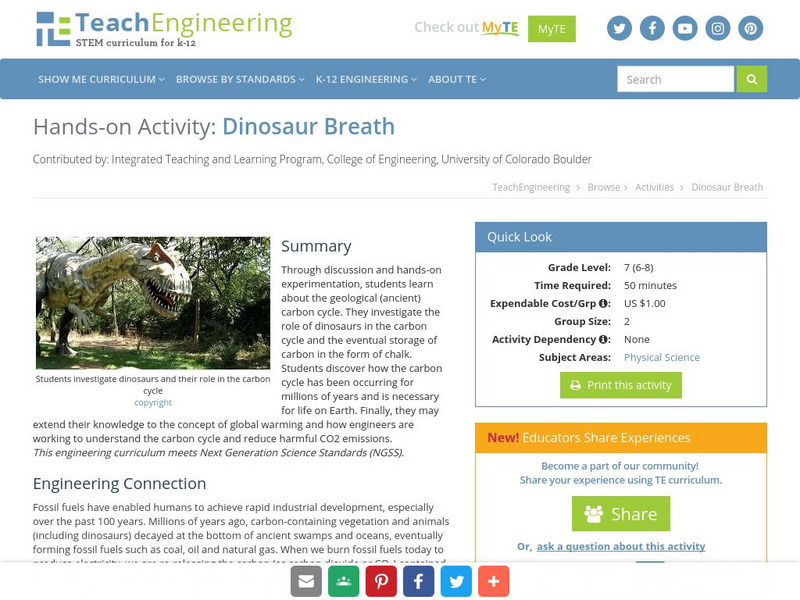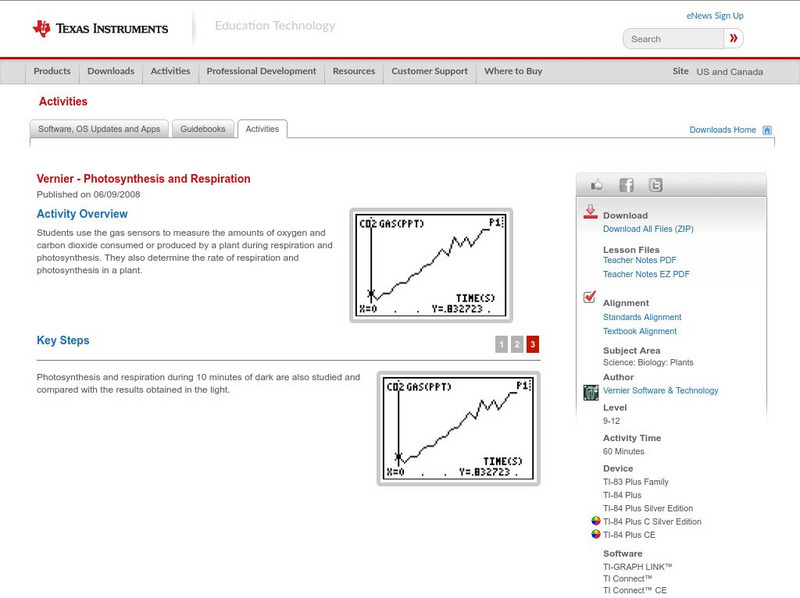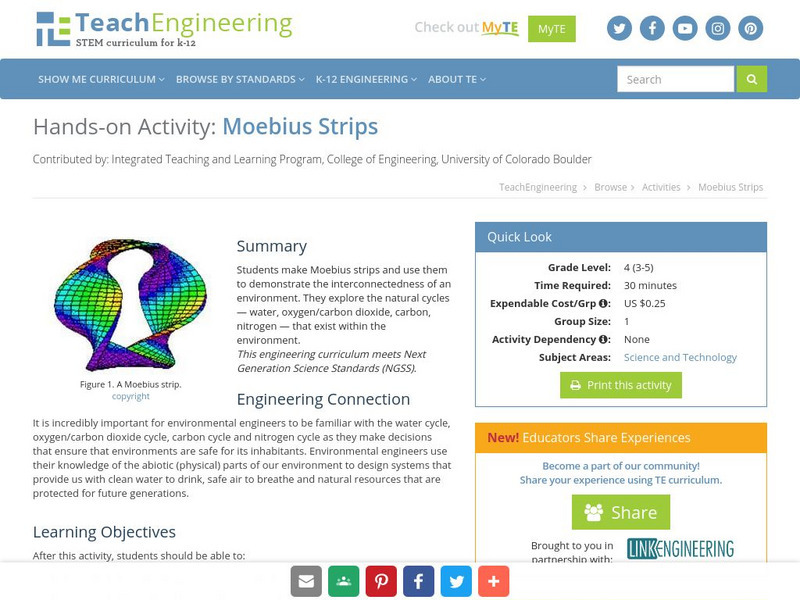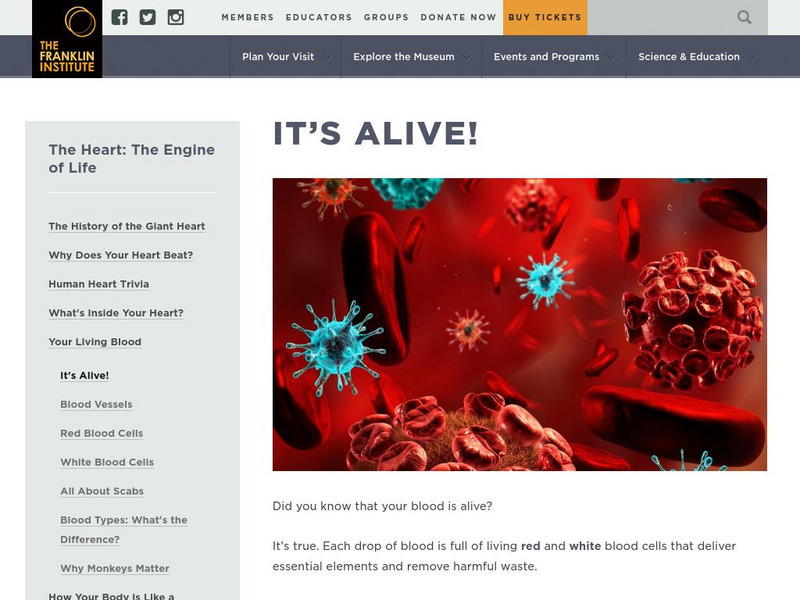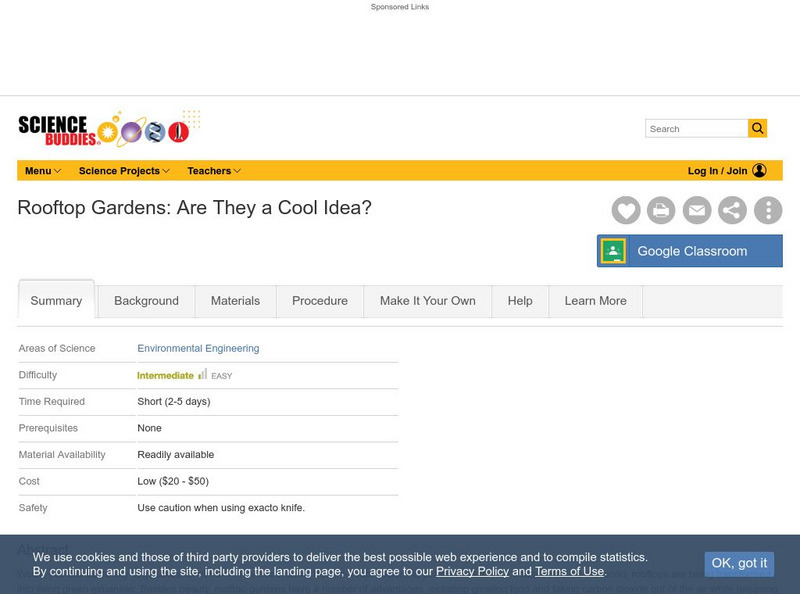University Corporation for Atmospheric Research
Ucar: The Carbon Cycle
A comprehensive introduction to the carbon cycle. The cycle of atoms between living and non-living things is known as a biogeochemical cycle. The most common of these are the carbon and nitrogen cycles.
CPALMS
Florida State University Cpalms: Florida Students: Knights of the Round and Round Table: The Carbon Cycle
Resource to help learn about the carbon cycle.
Soft Schools
Soft Schools: Biology Quizzes: The Carbon Cycle
Assess your understanding of the carbon cycle with this interactive multiple choice quiz. Immediate feedback is provided.
OpenStax
Open Stax: Anatomy & Physiology: Organs and Structures of the Respiratory System
Students learn and understand the structures that make up the respiratory system, and then apply that knowledge to understand the process of oxygen and carbon dioxide exchange.
National Geographic
National Geographic: Sources, Sinks, and Feedbacks
Students will learn about how the Earth's carbon cycle works, as they examine the relationship between levels of carbon dioxide and water vapor in the atmosphere and the temperature of the ocean's surface. Includes online student...
Annenberg Foundation
Annenberg Learner: The Habitable Planet: Carbon Lab
An interactive lab simulation demonstrates the effects of increased carbon in the atmosphere and how that increase contributes to climate change. A data table for student records is available for download.
Simon Fraser University
Chem1 Virtual Textbook: Origin and Evolution of the Atmosphere
As part of the General Chemistry Virtual Textbook, this site examines a variety of topics related to the Earth's atmosphere. Included in the discussion are topics such as prebiotic atmosphere, origin of atmospheric oxygen, carbon...
Climate Literacy
Clean: Carbon Cycle
This activity from NOAA Earth System Research Laboratory introduces students to the current scientific understanding of the greenhouse effect and the carbon cycle. The activity leads them through several interactive tasks investigating...
TED Talks
Ted: Ted Ed: How Breathing Works
This video describes how the process of breathing in the human body works. [5:19] Includes a brief quiz and a list of additional resources to explore.
BBC
Bbc: Gcse Bitesize: Earth and Atmospheric Science
There is evidence that the Earth's early atmosphere contained less oxygen but more carbon dioxide and water vapor than it does today. Increased emissions of greenhouse gases have led to climate change. Link to a test is included.
TeachEngineering
Teach Engineering: Dinosaur Breath
Through discussion and hands-on experimentation, students learn about the geological (ancient) carbon cycle. They investigate the role of dinosaurs in the carbon cycle and the eventual storage of carbon in the form of chalk. Students...
Bio Topics
Bio Topics: Photosynthesis
This site details the process of photosynthesis. Photosynthesis is the process of the production of oxygen by plants and carbon dioxide by animals, both of which are needed for respiration purposes.
Texas Instruments
Texas Instruments: Photosynthesis and Respiration
Students use the gas sensors to measure the amounts of oxygen and carbon dioxide consumed or produced by a plant during respiration and photosynthesis. They also determine the rate of respiration and photosynthesis in a plant.
Museum of Science
Museum of Science and Industry: Online Science: Activities: What Goes Around
An activity where students take on the roles of parts of the circulatory system, and simulate the transport of nutrients, oxygen, and carbon dioxide through the blood stream.
McGraw Hill
Online Learning Center: Respiration
This is a very detailed site on breathing/respiration. It covers system organization, mechanics, exchange of gases, and oxygen transport. A very thorough site.
Science Buddies
Science Buddies: How Does a Chick Breathe Inside Its Shell?
Whether a chick can breathe inside its shell is an interesting question. Every animal needs oxygen to survive, so the chick must get air somehow. Try this science project to discover if the pores in a chicken egg shell allow water to...
TeachEngineering
Teach Engineering: Moebius Strips
In this activity, students make Moebius strips and use them to demonstrate the interconnectedness of an environment. They will explore the natural cycles (water, oxygen/carbon dioxide, carbon, nitrogen) within the environment.
Other
Water on the Web
Water on the Web (WOW) is an advanced site allowing students to actively participate in data analysis from real research sites. Lesson plans on a range of topics are provided. There is also a tutorial for using Excel to graph WOW data.
Vision Learning
Visionlearning: Atmosphere and Oceans: Composition of Earth's Atmosphere
An explanation of the different parts of the atmosphere and how pressure and temperature changes at different altitudes.
The Franklin Institute
Franklin Institute Online: Your Living Blood: It's Alive!
How does blood supply your body with the nourishment it needs? This site focuses on systemic circulation. Learn more about this fascinating part of your body when you check out this resource.
TeachEngineering
Teach Engineering: What Do Bread and Beer Have in Common?
Learners are presented with information that will allow them to recognize that yeasts are unicellular organisms that are useful to humans. In fact, their usefulness is derived from the contrast between the way yeast cells and human cells...
TeachEngineering
Teach Engineering: Environment
Through 10 lessons and more than 20 hands-on activities, students are introduced to the concept of an environment and the many interactions within it. As they learn about natural and human-made environments, as well as renewable and...
TED Talks
Ted: Ted Ed: How Do the Lungs Work?
When you breathe, you transport oxygen to the body's cells to keep them working, while also clearing your system of the carbon dioxide that this work generates. How do we accomplish this crucial and complex task without even thinking...
Science Buddies
Science Buddies: Rooftop Gardens: Are They a Cool Idea?
Around the world, rooftops are being transformed into living green expanses. Besides beauty, rooftop gardens have a number of advantages, including growing food and taking carbon dioxide out of the air while releasing breathable oxygen....
Other popular searches
- Carbon Dioxide Oxygen Cycle
- Oxygen, Carbon Dioxide Cycle
- Carbon Dioxide/ Oxygen Cycle
- Oxygen Carbon Dioxide Cycle
- Oxygen Carbon Dioxide Cycle
- Oxygen Carbon Dioxide Cycle
- Air Oxygen Carbon Dioxide
- Carbon Dioxide Oxygen Cycle










